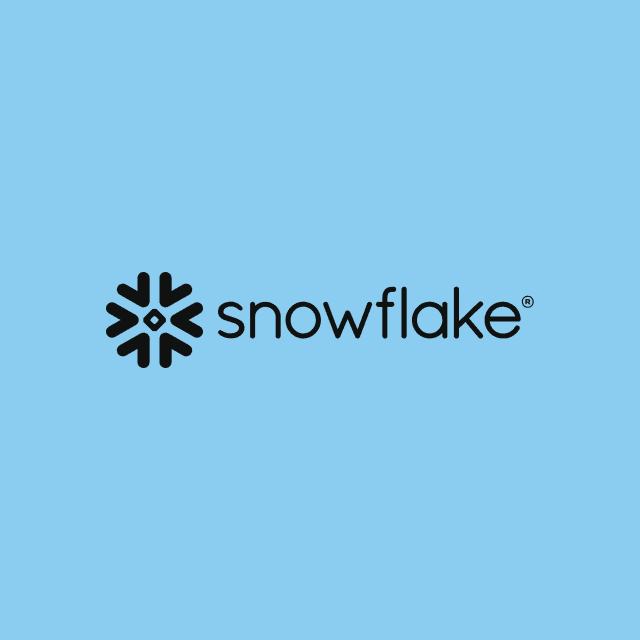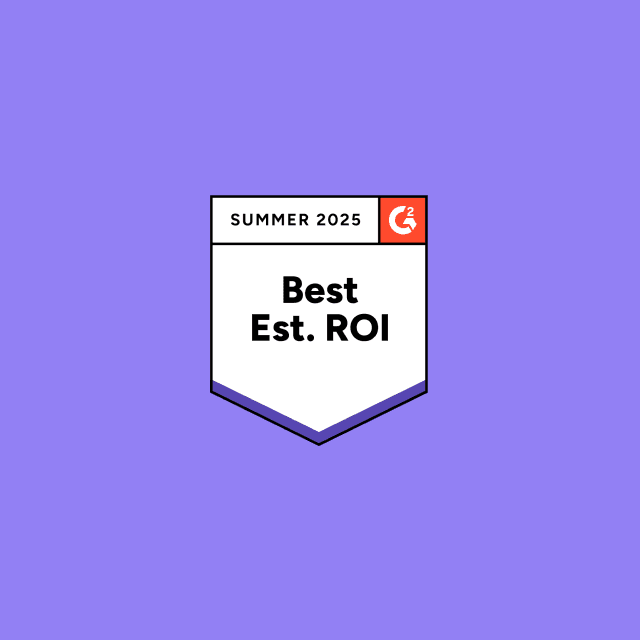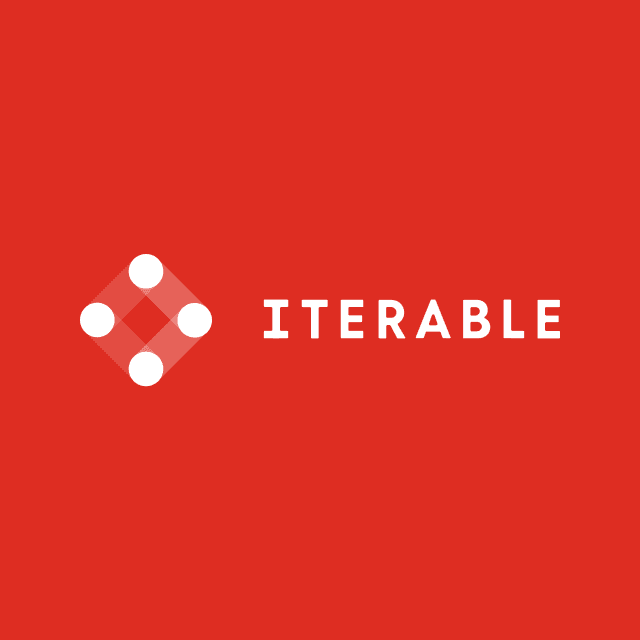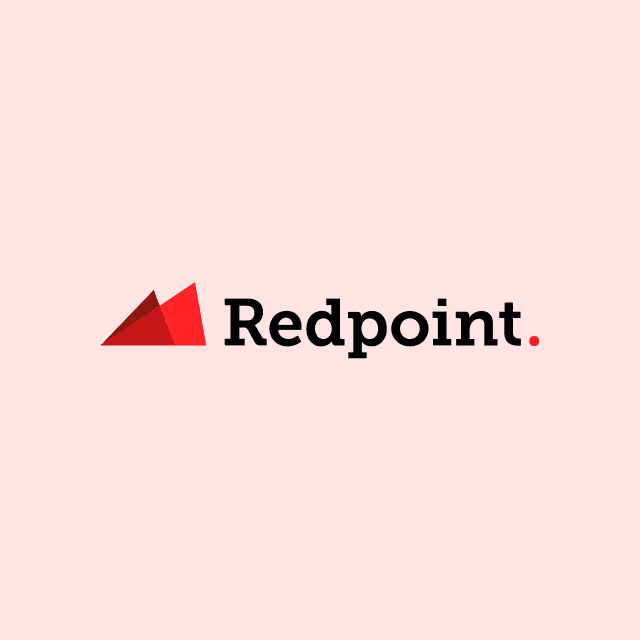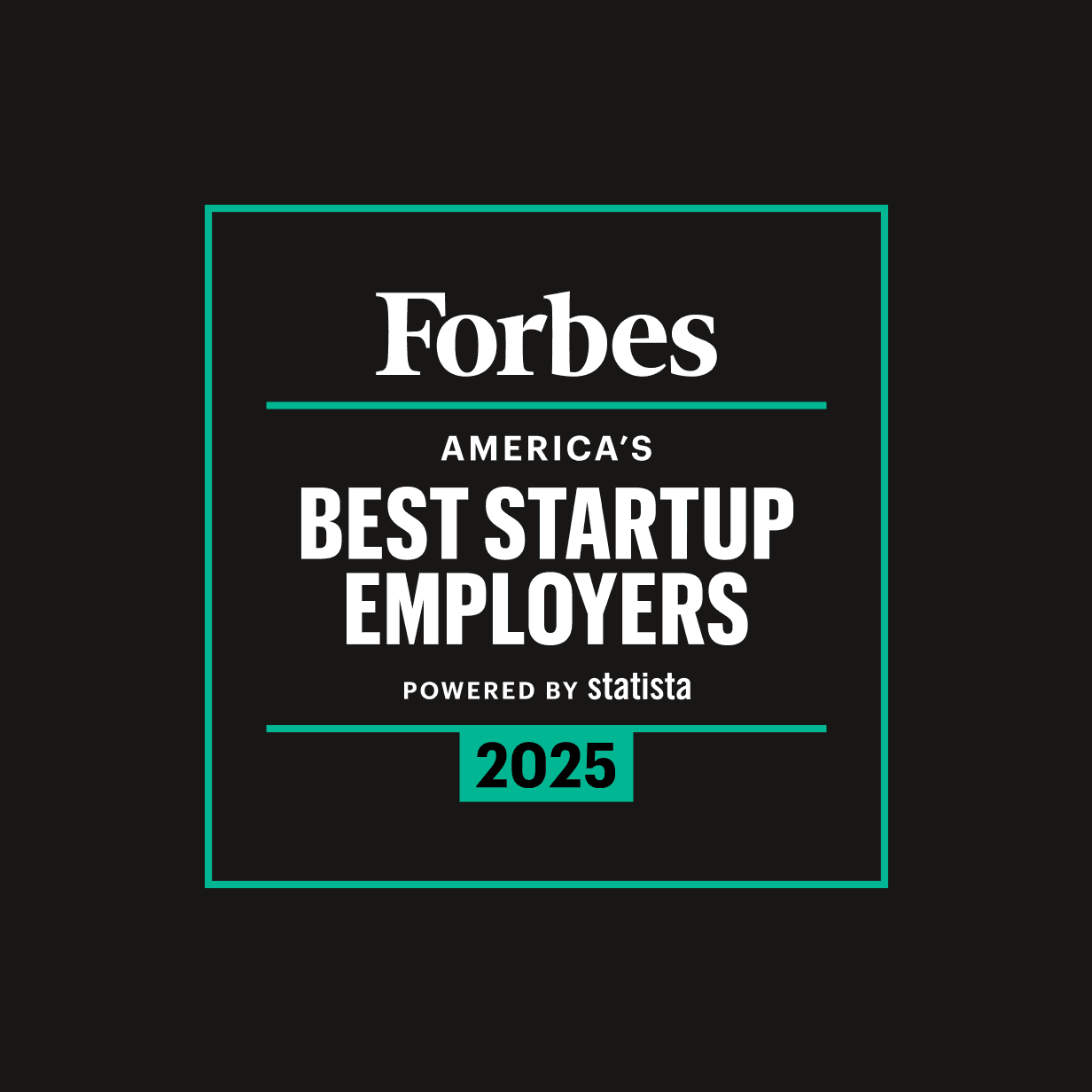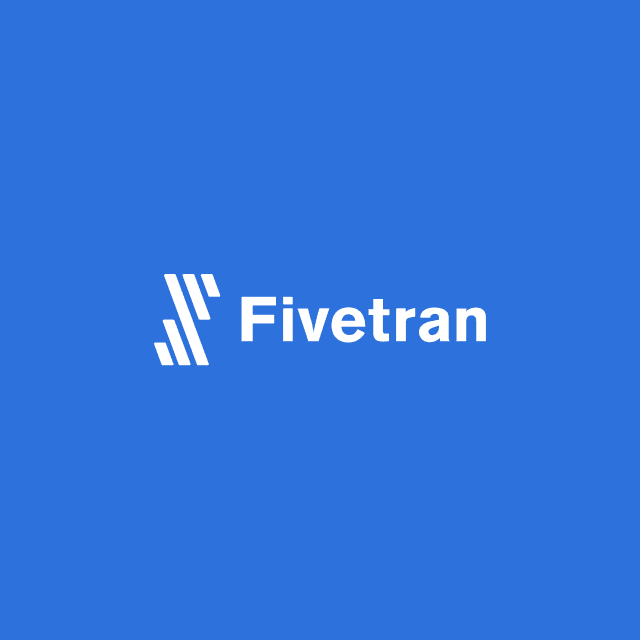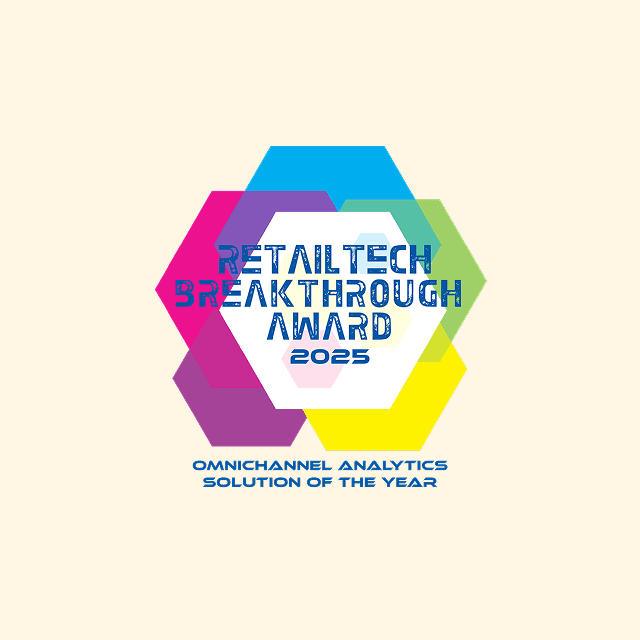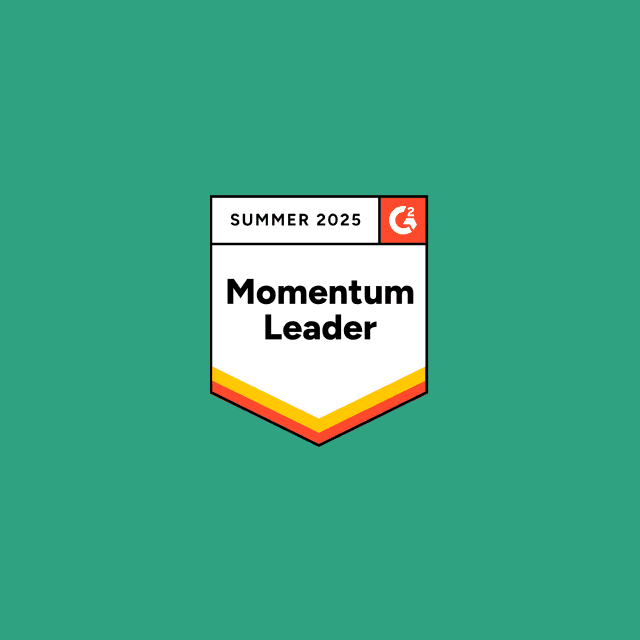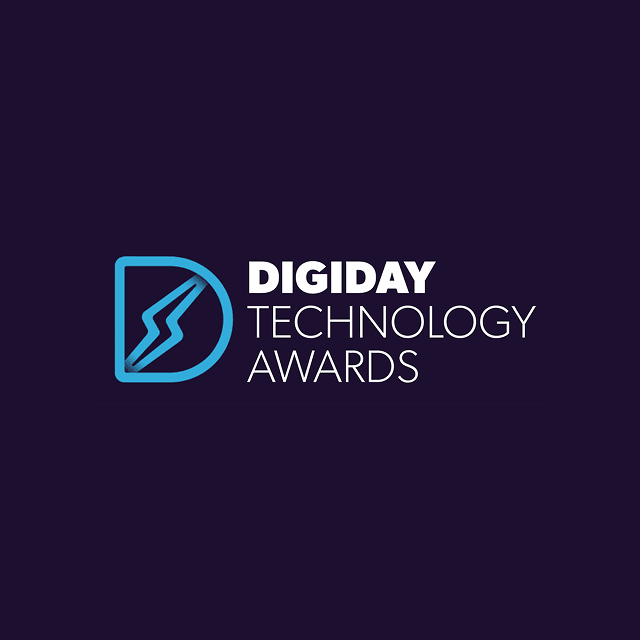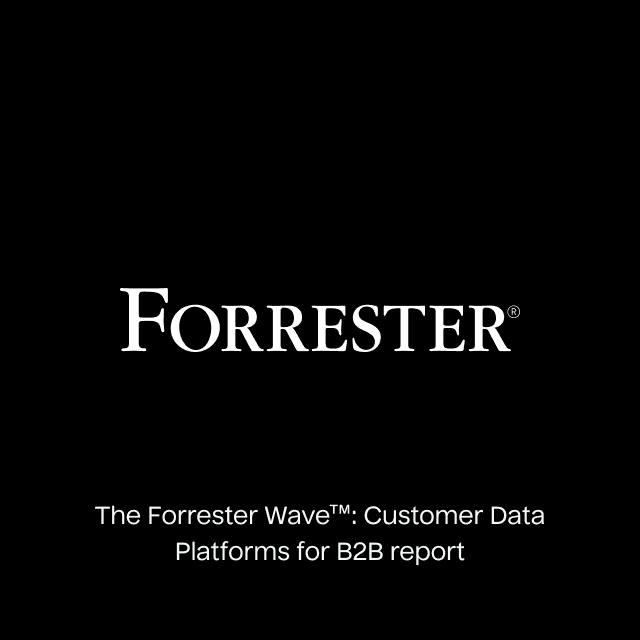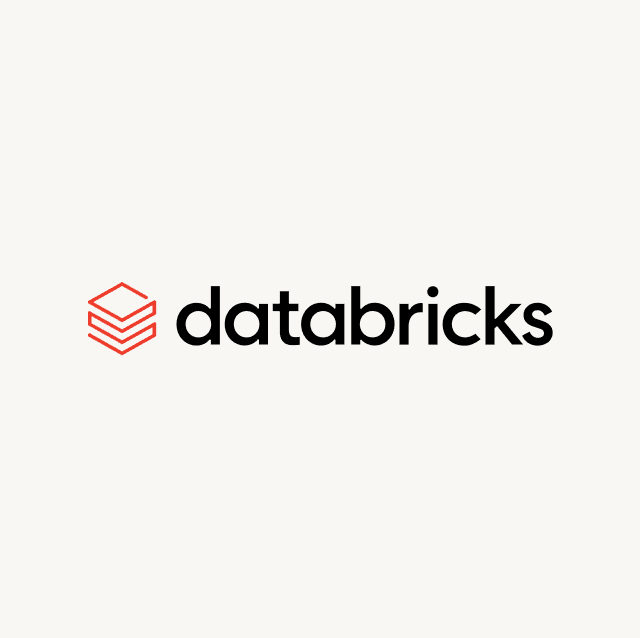At 15, I interned as a software engineer at HubSpot. A year later, I joined Segment, a fast-growing startup in Silicon Valley, as a full-time software engineer. And today, I’m 24 years old and the founder of a startup valued at $600 million. So how did I get here?
The Early Days
In the fourth or fifth grade, I always wanted to make a website. I was super fascinated by the idea of websites and playing games online. I remember experimenting with code and finding you could export a Word document as HTML and open it on your browser as a website.
Beyond that, I visited sites like W3 Schools and made websites for fun to help develop my skills. Back then, I spent much of my time coding in Notepad and testing the results in my browser.
As I improved, I wanted to build my own software, so I started developing some apps for my school and various clubs in my local community. All of this solo learning got me to a certain level, but the true inflection point was when I began to code with others.
My First Internship
The first time I coded with others was when I scored an unpaid internship. It was at a local startup in Tennessee where I grew up. I got the internship by stumbling across a startup in a newspaper. The company was going through a program called 500 Startups (now named 500 Global), similar to Y Combinator.
I sent them a cold email telling them I was a high school student looking for something to do over the summer and would be happy to work for free. Lucky for me, they said yes! To be honest, I’m immensely thankful that the founders took a bet on me and let me join for the summer. I learned a ton during this time.
Before the unpaid internship, I didn’t know how to use basic tools like GIT or GitHub, collaborate on software development, or organize my code to be clean and friendly so others could work with it. Navigating a big code base was also new to me as I had only worked on the code I had written.
My time at this internship helped me hone my skills and was the launching pad for the rest of my career. This initial internship helped prepare me for future opportunities, such as participating in Hackathons and getting an internship at Hubspot. But there was one goal that I kept coming back to. I had always wanted to be a software engineer and work in Silicon Valley. So that was the next thing I put my mind to.
Joining Segment
Back when I was doing my unpaid internship, we wanted to analyze our customer behavior, so we ended up using tools like Mixpanel, Amplitude, Google Analytics, and KISSmetrics.
However, we needed to send data from our websites to those services to perform analysis. But as a developer, you didn’t want to integrate each of these services individually. So Segment was the best way to do that back then. You would put their library on your website, and all the data you collected would go to multiple tools versus just one system at a time.
I thought the value proposition was fascinating. So, I started following the company. I saw them featured on Hacker News with all the open-source projects and cool technical blogs they were putting out.
This exposure made Segment a company I really wanted to work for. To get noticed, I started contributing to Segment’s open-source projects and eventually shot them a cold email.
I sent them my resume and told them I had followed their company for a while. I told them about my skillsets and how I contributed to their open-source projects, and I was wondering if they would interview me.
I couldn’t believe it when they said they wanted to interview me. It felt like my dreams were coming true. There was, however, one hurdle I needed to overcome. And that was the fact that they didn’t know I was only 16 years old.
From experience, I found that people reacted differently when they found out I was so young, and often, it introduced more barriers than advantages, so I never mentioned my age.
And when you’re only 16, you don’t have a college degree or much experience. Those are two solid requirements that startups generally look for. So, on my resume, I removed the education sections to make someone think I went to a college I wasn’t proud of and tactically showed the different contract positions I had worked at so they would index on my experience.
But regardless of this, they must have seen something they liked because they wanted to fly me to San Francisco for an onsite interview where I would meet the team and do five interviews. But then, right before I was supposed to fly out, I got an email from them that stopped everything because they inevitably found out my age when they tried to book my flight. I got an email asking me if it was legally allowed for me to work. They weren’t put off by my age and were excited to interview me, but had no idea if they could hire a 16-year-old.
Luckily, I had done a bunch of research and discovered that a 16-year-old could work as long as you have a high school diploma (which I did). California is actually super flexible with kids wanting to graduate early and start working.
Anyway, I flew to San Francisco and took my shot. After multiple interviews, they were impressed with my skills, attitude, and willingness to learn and offered me the job. When I got the offer letter from Segment, I was in awe. This was my ticket to Silicon Valley. Segment wasn’t the only company I contacted trying to get a job with a Silicon Valley company, but that was the first offer I got.
The initial offer was for $110,000. When I first saw it, my eyes about popped out of their sockets.
An average 16-year-old would probably sign this offer as soon as possible. However, my entrepreneurial spirit has me reaching out to more companies to try for a better deal.
In the end, though, I joined Segment, which changed my career and experience in software, startups, and business building.
My Advice for Aspiring Data Practitioners
If you’re in a similar situation or just trying to crack into the data and software world, here are my top three pieces of advice.
- Improve your skills. There’s plenty of good content online, like Code Academy, that makes learning to be a software engineer easier. And technology like GPT provides a helping hand.
- Work with others. Find a way to work with others, even if you won’t get paid. It could be an internship or helping a local business. Working with others helps you to recreate what it would be like to work on a code base with others like you would in a company. It also allows you to get your code reviewed and receive feedback so you can improve.
- Contribute to open source. Being active in open-source projects can help you get noticed. For me, I feel like the fact I contributed to Segment’s open-source projects helped me land the job. They could see the code I contributed and verify that I knew what I was talking about. It also helps you to understand best practices and build a portfolio of your skills.
The reality is that too many people wait for something to happen when the truth of the matter is that nothing comes without years of hard work. Unfortunately, there’s no silver bullet. You have to roll up your sleeves and get your elbows dirty. In my case, I got a little bit lucky that Segment was willing to hire a 16-year-old, but I did everything in my power to be ready when the opportunity came.




